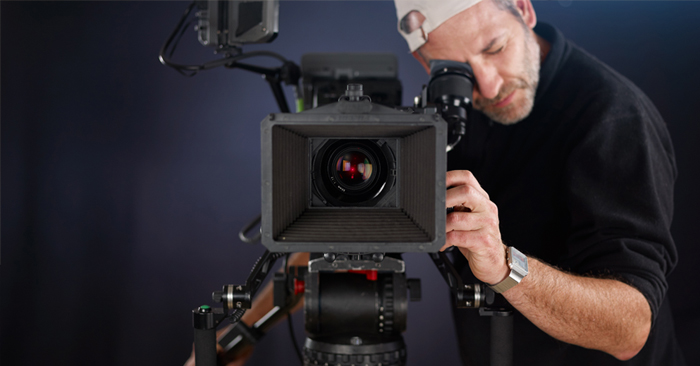
Buying Tips: Tripods for Video
Don’t cheap out on your camera support! Investing in a quality tripod and fluid head is a smart decision for the future expansion, performance and safety of your gear.
Build quality in a tripod has a huge impact on the final image, for both filmmakers and still photographers.
Inexpensive tripods are often shoddily constructed, made from aluminum or a similar, thin metal. This flimsy construction makes the tripod prone to breaking and doesn’t provide strong stabilization. Conversely, investing in a more expensive, but higher quality tripod, will provide a more stable image, a longer product lifespan and additional peace of mind when you go to shoot. Are you in the market for a new tripod? Make the following considerations…
Avoid Center Columns
Tripods with height adjustable center columns introduce a lot of vibration and instability to your camera rig. There’s a reason professional quality tripods don’t have center columns: the engineering will not provide enough stability. If you’re looking for adding height, go with a tripod that has longer legs.
Avoid Aluminum, Stick With Carbon Fiber
Aluminum tripods are usually much more prone to vibrations than tripods constructed of carbon fiber. Aluminum has a longer dampening time, meaning vibrations are much more prevalent – traveling easily throughout the tripod.
Carbon fiber has a much shorter dampening time, containing and minimizing vibrations with every camera movement or bump of the tripod. Although lightweight tripods tend to cost more, they do not necessarily perform better. That being said, many professional tripods are made from carbon fiber, which is considerably lightweight. A tripod with better dampening times will produce a professional looking result with minimal hassle.
This video from Gordon Liang illustrates the dampening time of an assortment of tripods.
Load Capacity
Every tripod will have a maximum load capacity, ranging from 7-10 lbs for cheaper models and upwards of 50 lbs for higher-end types. This is where a little planning can go along way. Selecting the right tripod for your needs (and future needs) is key to your tripod investment.
Factor in the weight of your camera combined with weight from any other equipment that will be rigged onto your tripod. As previously stated, it is best to account for the future when that time comes to add more equipment (and weight) to the tripod. A teleprompter, monitors, lights, field recorders and microphones all add weight. Never plan to be at or near your tripod’s load capacity. If you have a 20 lb rig, a tripod rated at 30 lbs will obviously perform better (and safer) than one loaded to capacity.
Head & Bowl Mount
Not all tripods come with a fluid head. It’s important to use a quality head with the appropriate counter-balance and weight load. Tripods that use bowl systems are the most widely used by professionals because it’s easy to level and balance a fluid head in a pinch to get that perfect shot.
What is your go-to pair of sticks? Share in the comments below.





